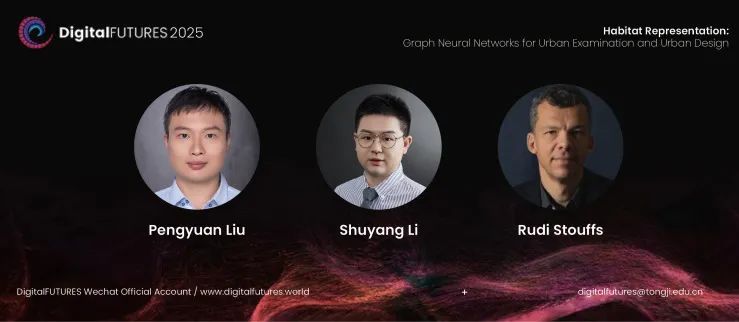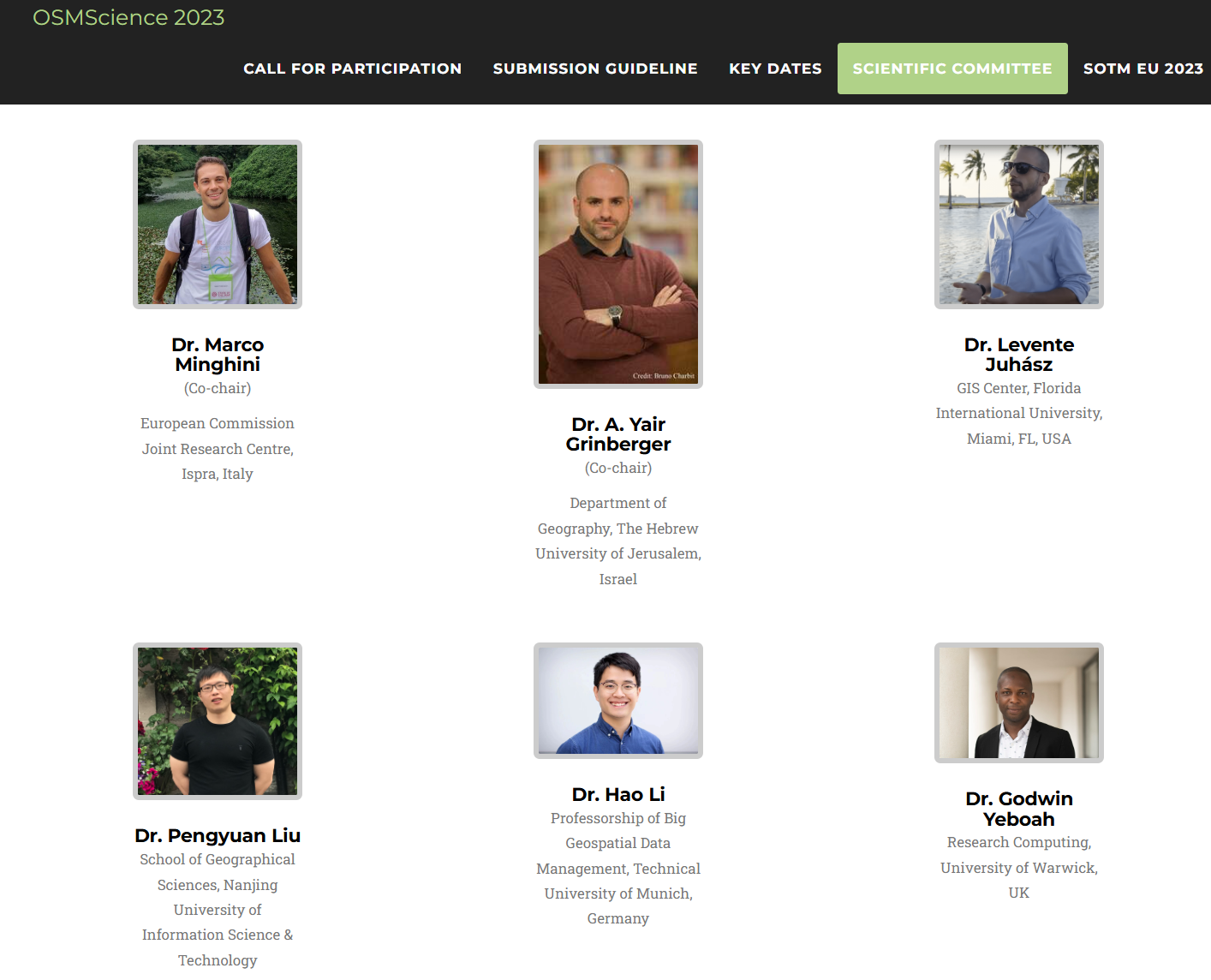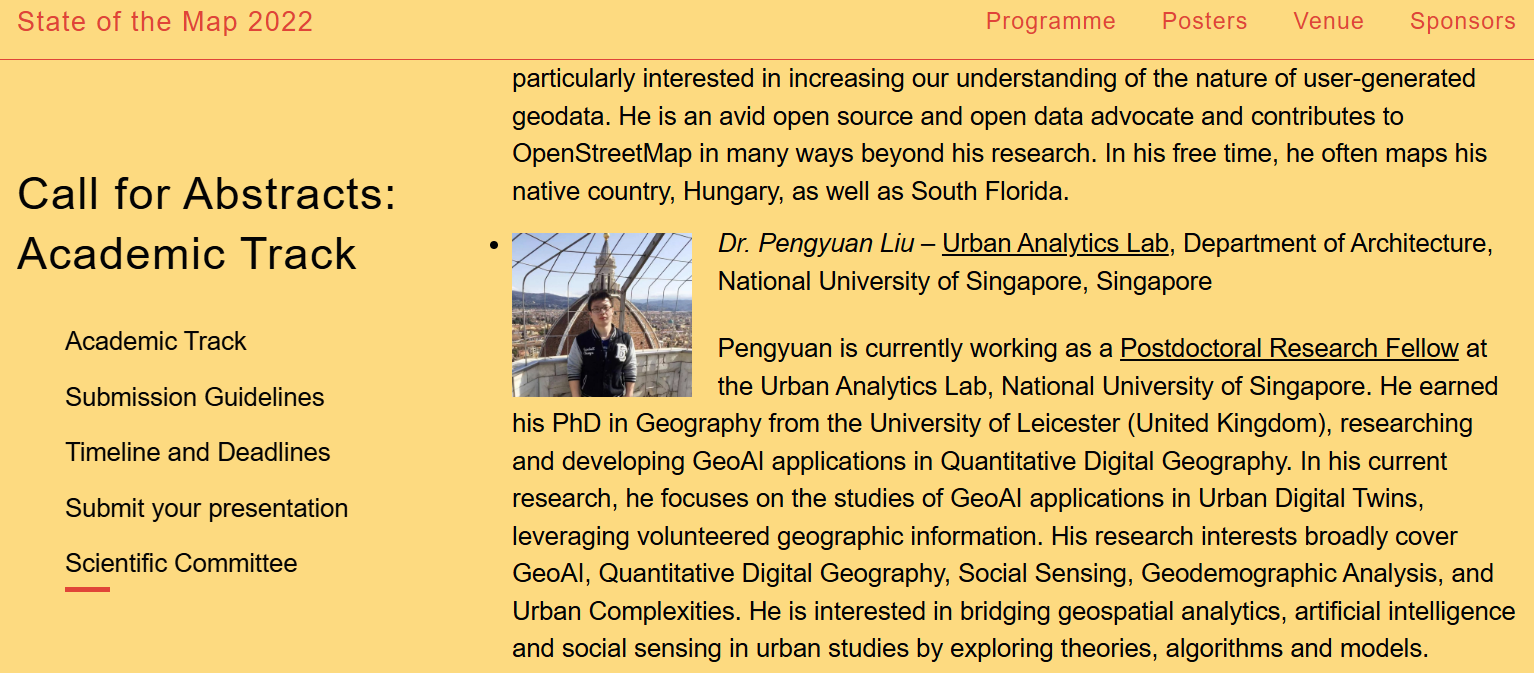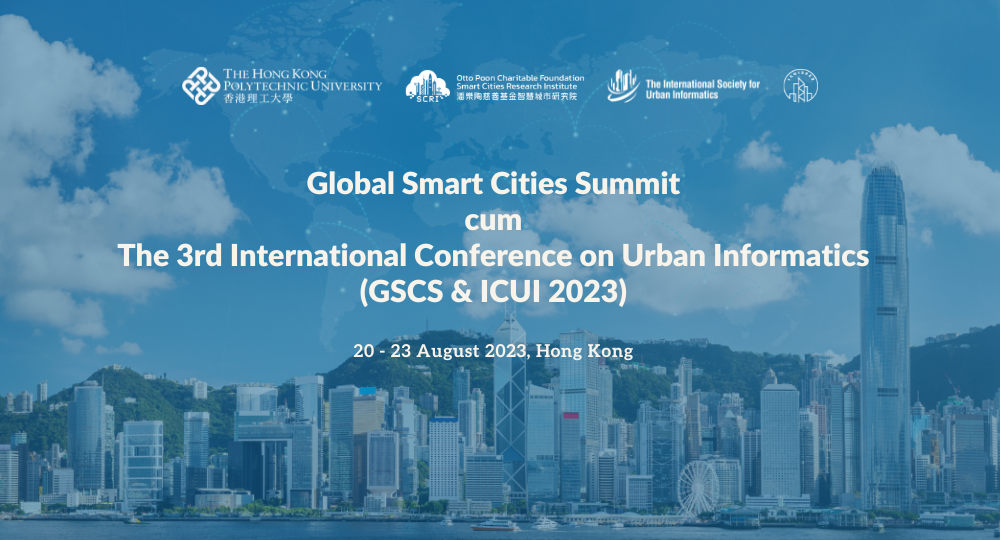Sitemap
A list of all the posts and pages found on the site. For you robots out there is an XML version available for digesting as well.
Pages
Posts
Future Blog Post
Published:
This post will show up by default. To disable scheduling of future posts, edit config.yml and set future: false.
Blog Post number 4
Published:
This is a sample blog post. Lorem ipsum I can’t remember the rest of lorem ipsum and don’t have an internet connection right now. Testing testing testing this blog post. Blog posts are cool.
Blog Post number 3
Published:
This is a sample blog post. Lorem ipsum I can’t remember the rest of lorem ipsum and don’t have an internet connection right now. Testing testing testing this blog post. Blog posts are cool.
Blog Post number 2
Published:
This is a sample blog post. Lorem ipsum I can’t remember the rest of lorem ipsum and don’t have an internet connection right now. Testing testing testing this blog post. Blog posts are cool.
Blog Post number 1
Published:
This is a sample blog post. Lorem ipsum I can’t remember the rest of lorem ipsum and don’t have an internet connection right now. Testing testing testing this blog post. Blog posts are cool.
portfolio
Active Reviewer
For top-tier journals such as Cities, CEUS, IJGIS, JAG, EPB, AAP, TGIS, ISPRS P&RS, etc.
publications
A graph-based semi-supervised approach to classification learning in digital geographies
Published in Computers, Environment and Urban Systems, 2020
In this paper, we propose a new tool for studies in digital geographies, bridging qualitative and quantitative approaches, able to learn a set of arbitrary labels (qualitative codes) on a small, manually-created sample and apply the same labels on a larger set. We introduce a semi-supervised, deep neural network approach to classify geo-located social media posts based on their textual and image content, as well as geographical and temporal aspects. Our innovative approach is rooted in our understanding of social media posts as augmentations of the time-space configurations that places are, and it comprises a stacked multi-modal autoencoder neural network to create joint representations of text and images, and a spatio-temporal graph convolution neural network for semi-supervised classification. The results presented in this paper show that our approach performs the classification of social media content with higher accuracy than traditional machine learning models as well as two state-of-art deep learning frameworks.
Recommended citation: Liu, P. and De Sabbata, S., 2021. A graph-based semi-supervised approach to classification learning in digital geographies. Computers, Environment and Urban Systems, 86, p.101583.
Download Paper
Extracting locations from sport and exercise-related social media messages using a neural network-based bilingual toponym recognition model
Published in Journal of Spatial Information Science, 2022
Sport and exercise contribute to health and well-being in cities. While previous research has mainly focused on activities at specific locations such as sport facilities, informal sport that occur at arbitrary locations across the city have been largely neglected. Such activities are more challenging to observe, but this challenge may be addressed using data collected from social media platforms, because social media users regularly generate content related to sports and exercise at given locations. This allows studying all sport, including those informal sport which are at arbitrary locations, to better understand sports and exercise-related activities in cities. However, user-generated geographical information available on social media platforms is becoming scarcer and coarser. This places increased emphasis on extracting location information from free-form text content on social media, which is complicated by multilingualism and informal language. To support this effort, this article presents an end-to-end deep learning-based bilingual toponym recognition model for extracting location information from social media content related to sports and exercise. We show that our approach outperforms five state-of-the-art deep learning and machine learning models. We further demonstrate how our model can be deployed in a geoparsing framework to support city planners in promoting healthy and active lifestyles.
Recommended citation: Liu, P., Koivisto, S., Hiippala, T., van der Lijn, C., Väisänen, T., Nurmi, M., Toivonen, T., Vehkakoski, K., Pyykönen, J., Virmasalo, I. and Simula, M., 2022. Extracting locations from sport and exercise-related social media messages using a neural network-based bilingual toponym recognition model. Journal of Spatial Information Science.
Download Paper
A review of spatially-explicit GeoAI applications in Urban Geography
Published in International Journal of Applied Earth Observation and Geoinformation, 2022
This paper provides an overview of techniques and applications of spatially-explicit GeoAI in Urban Geography based on 581 papers identified using a systematic review approach. We examined and screened papers in three scopes of Urban Geography (Urban Dynamics, Social Differentiation of Urban Areas, and Social Sensing) and found that although GeoAI is a trending topic in geography and the applications of deep neural network-based methods are proliferating, the development of spatially-explicit GeoAI models is still at their early phase. We identified three challenges of existing models and advised future research direction towards developing multi-scale explainable spatially-explicit GeoAI. This review paper acquaints beginners with the basics of GeoAI and state-of-the-art and serves as an inspiration to attract more research in exploring the potential of spatially-explicit GeoAI in studying the socioeconomic dimension of the city and urban life.
Recommended citation: Liu, P. and Biljecki, F., 2022. A review of spatially-explicit GeoAI applications in Urban Geography. International Journal of Applied Earth Observation and Geoinformation, 112, p.102936.
Download Paper
Towards Human-centric Digital Twins: Leveraging Computer Vision and Graph Models to Predict Outdoor Comfort
Published in Sustainable Cities and Society, 2023
Conventional sidewalk studies focused on quantitative analysis of sidewalk walkability at a large scale which cannot capture the dynamic interactions between the environment and individual factors. Embracing the idea of Tech for Social Good, Urban Digital Twins seek AI-empowered approaches to bridge humans with digitally-mediated technologies to enhance their prediction ability. We employ GraphSAGE-LSTM, a geo-spatial artificial intelligence (GeoAI) framework on crowdsourced data and computer vision to predict human comfort on the sidewalks.
Recommended citation: Liu, P., Zhao, T., Luo, J., Lei, B., Frei, M., Miller, C. and Biljecki, F., 2023. Towards human-centric digital twins: leveraging computer vision and graph models to predict outdoor comfort. Sustainable Cities and Society, 93, p.104480.
Download Paper
Explainable spatially explicit geospatial artificial intelligence in urban analytics
Published in Environment and Planning B: Urban Analytics and City Science, 2024
Geospatial artificial intelligence (GeoAI) is proliferating in urban analytics, where graph neural networks (GNNs) have become one of the most popular methods in recent years. However, along with the success of GNNs, the black box nature of AI models has led to various concerns (e.g. algorithmic bias and model misuse) regarding their adoption in urban analytics, particularly when studying socio-economics where high transparency is a crucial component of social justice. Therefore, the desire for increased model explainability and interpretability has attracted increasing research interest. This article proposes an explainable spatially explicit GeoAI-based analytical method that combines a graph convolutional network (GCN) and a graph-based explainable AI (XAI) method, called GNNExplainer.
Recommended citation: Liu, P., Zhang, Y. and Biljecki, F., 2024. Explainable spatially explicit geospatial artificial intelligence in urban analytics. Environment and Planning B: Urban Analytics and City Science, 51(5), pp.1104-1123.
Download Paper
Spatial Analysis
Published in The Encyclopedia of Human Geography, 2024
This entry provides a comprehensive overview of spatial analysis as a collection of contemporary techniques within Human Geography. It reviews the theoretical foundations of location theory and traces the evolution from traditional statistical approaches to advanced Artificial Intelligence (AI)-assisted studies. Doing so aims to achieve a broader understanding of various use cases, the diverse types of data employed, and the numerous challenges and opportunities that arise in this ever-evolving field.
Recommended citation: Liu, P. (2024). Spatial Analysis. In: Warf, B. (eds) The Encyclopedia of Human Geography. Springer, Cham. https://doi.org/10.1007/978-3-031-25900-5_317-1.
Download Paper
Sensing Climate Justice: A Multi-Hyper Graph Approach for Classifying Urban Heat and Flood Vulnerability through Street View Imagery
Published in Sustainable Cities and Society, 2024
This paper introduces a novel dual-GNN approach, Multi-Hyper Graph Neural Network (MHGNN), with street view imagery as input, to classify urban climate justice
Recommended citation: Liu, P., Lei, B., Huang W., Biljecki, F., Wang Y., Li, S., Stouffs, R., 2024. Sensing climate justice: A multi-hyper graph approach for classifying urban heat and flood vulnerability through street view imagery. Sustainable Cities and Society, 2024, 106016
Download Paper
talks
Creating a geodemographic classification for Greater London through spatial graph neural network
Published:
GeoAI and Urban Geography
Published:
teaching
MSc Thesis Co-supervision – with Dr. Petteri Muukkonen
Postgraduate thesis, Department of Geosciences and Geography, University of Helsinki, 2021
Student (Name; Affiliation; Thesis Topic; Current Affiliation if known)
MSc Thesis Co-supervision – with Assistant Prof. Filip Biljecki
Postgraduate thesis, Department of Geography, National University of Singapore, 2022
Student (Name; Affiliation; Thesis Topic; Current Affiliation if known)
- Yongqun Su; Department of Geography, National University of Singapore; POI-based shrinking city identification and its spatial-temporal evolution characteristics, Currently: PhD at PKU Shenzhen
Research Training in Geography and Environmental Science (in English)
Undergraduate course, Reading Academy, Nanjing University of Information Science and Technology, 2023
Urban Master Planning (in Chinese)
Undergraduate course, Department of Geographical Science, Nanjing University of Information Science and Technology, 2023
Geospatial Data Science (Bilingual)
Undergraduate course, Department of Geographical Science, Nanjing University of Information Science and Technology, 2023
Mount Lushan Field Trip
Undergraduate course, Department of Geographical Science, Nanjing University of Information Science and Technology, 2023
GeoDesign
Guest Lecture, Department of Architecture, National University of Singapore, 2024
MSc Thesis Co-supervision – with Assistant Prof. Filip Biljecki and Associate Prof. Rudi Stouffs
Postgraduate thesis, Department of Architecture, National University of Singapore, 2024
Students (Name; Affiliation; Thesis Topic; Current Affiliation if known):




